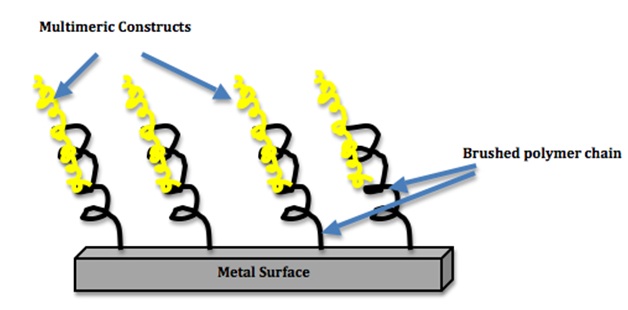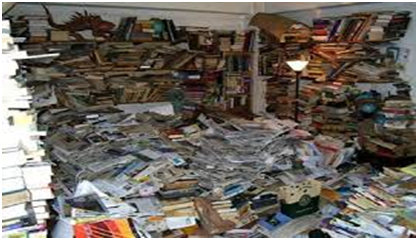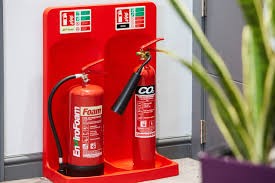Preparing metal surfaces for adhesives
Whether you want to bond metal to metal or metal to another surface material, the way in which you prepare the surfaces is vital. You will not get a good, strong bond if you do not prepare the surfaces properly. Using the following techniques before using adhesive should ensure good bond strength.
Chemical treatment
Different substrates can be treated with chemical solutions to prepare them for blasting. This usually consists of immersing the metal in a chemical bath, heated to the correct temperature, for an appropriate length of time. After immersion, the metal should be carefully cleaned with DI water and dried very thoroughly before the next stage of the process. You should always exercise extreme caution when handling chemicals. Training in the correct use of chemicals, understanding of health and safety procedures and durable personal safety equipment must be used when performing this kind of abrasion.
Degreasing
‘Degreasing’ means using volatile solvents such as toluene, acetone, isopropyl alcohol, methyl alcohol, methyl ethyl ketone and trichloroethylene to remove loose dirt and other contaminants from a metal surface. Typically, it involves vapour degreasing using the solvents, followed by immersion in solvent, then rinsing, then cleaning, and finally drying. Care must always be taken when using solvents, as there are strict health and safety regulations to be met.
Abrasion
Mechanical abrasion of metal surfaces will remove heavy surface dirt, oxide layers and other contaminants from the surface of the metal. Abrasion with sandpaper or emery cloth, wire brushing and sand blasting are all effective mechanical abrasion techniques. Surfaces must be degreased before and after the abrasion. Abrasion methods such as sanding and wire brushing, which are known as dry abrasion, depend on the user taking considerable care to achieve consistent results; therefore, many users prefer sand blasting or other abrasive blasting techniques, which are faster, more efficient, and achieve a more uniform result.
Once you have thoroughly cleaned and abraded metal surfaces, they are ready for treatment with a metal bonding adhesive from a specialist such as http://www.ct1ltd.com/en.
A combination of degreasing, mechanical abrasion and chemical treatment can be used to prepare metal surfaces for adhesive bonding. Please be aware of the health and safety aspects of these techniques, as they are all potentially dangerous and should only be carried out by trained personnel using the proper equipment.








